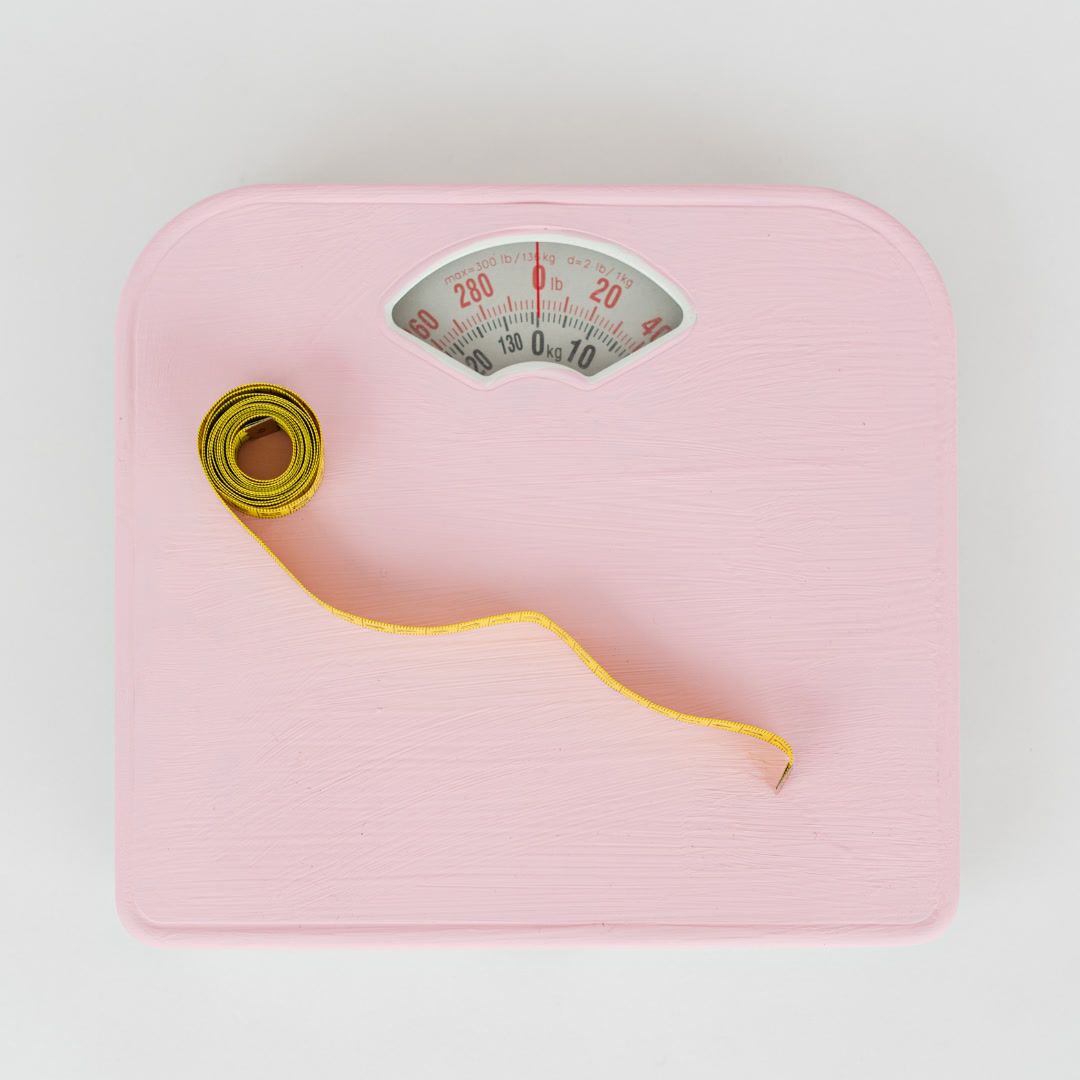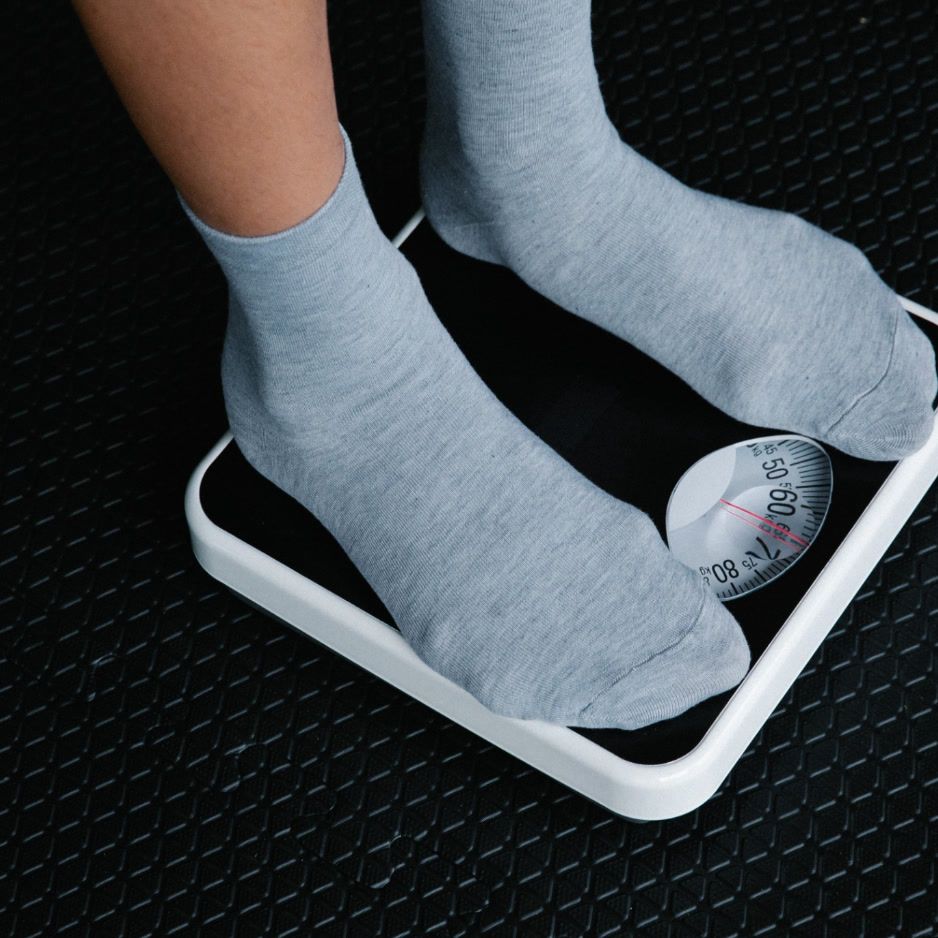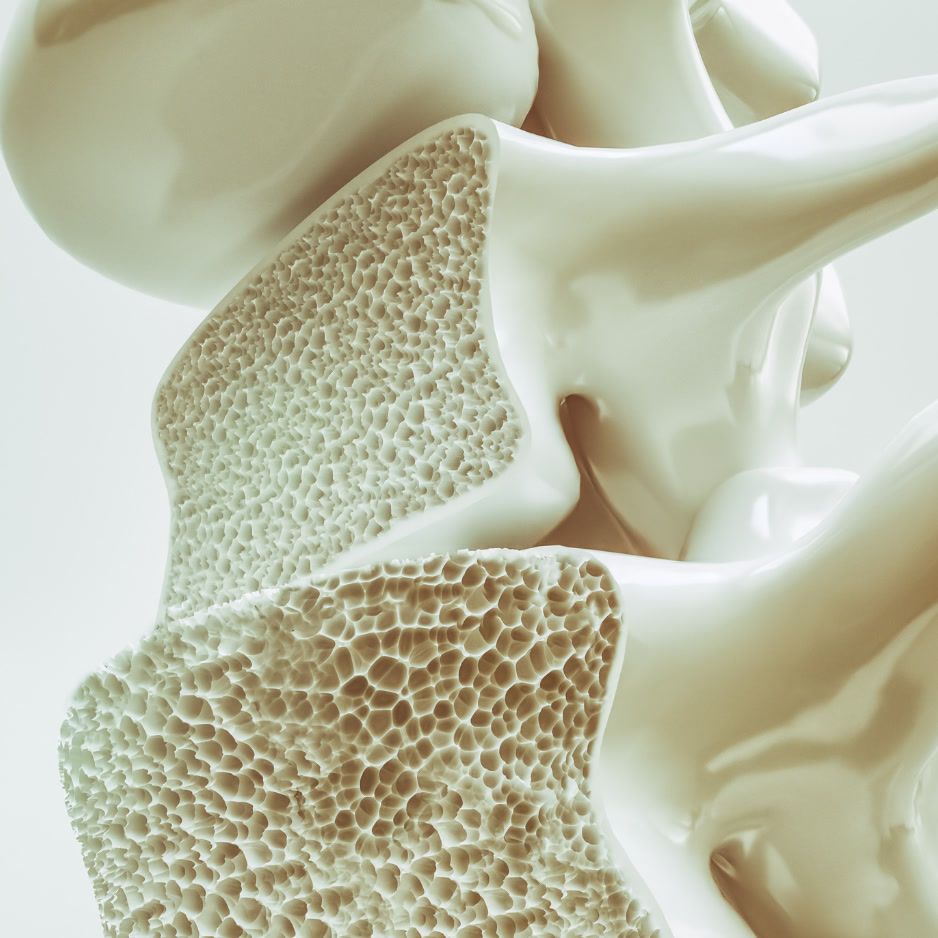DEXA Scan Radiation: How Much Is It and Is It Safe?

DEXA Scan Radiation: How Much Is It, and Is It Safe?
Short answer: yes, DEXA uses X‑rays—but the dose is tiny. A BodySpec full‑body (body‑composition) DEXA scan is typically about 4–5 µSv per scan. That’s roughly half a day of natural background radiation most Americans receive just from everyday life (based on a 2020 scientific review of DXA body composition and the U.S. Nuclear Regulatory Commission). For perspective, a cross‑country flight like NYC→LA is about 35 µSv (CDC dose context).
Important note: BodySpec provides full‑body composition scans (fat, lean, bone metrics). We do not perform diagnostic hip/spine bone‑density studies used to diagnose osteoporosis. When you see hip/spine dose numbers below, they are general DXA figures for context, not services we offer.
DEXA radiation dose, at a glance

| Exam or exposure | Typical effective dose |
|---|---|
| Whole‑body DEXA (body composition, like BodySpec) | ~4–5 µSv per scan (2020 scientific review of DXA body composition) |
| Hip/spine DEXA (diagnostic BMD; not offered by BodySpec) | <1–15 µSv depending on system and settings (IAEA patient guidance on DXA) |
| Pediatric whole‑body DEXA | ~8.5–17.7 µSv per scan; modeled lifetime cancer risk is minimal (2017 pediatric DXA study) |
| QCT bone density (CT‑based) | ~50–100 µSv (higher than DXA) (IAEA patient guidance on DXA) |
| Dental X‑ray (four bitewings) | ~5 µSv (EPA: Radiation in medicine FAQ) |
| Chest X‑ray | ~20 µSv (EPA: Radiation in medicine FAQ) |
| Natural background radiation (U.S.) | ~3,000 µSv/year ≈ 8–10 µSv/day (U.S. Nuclear Regulatory Commission) |
| Cross�‑country flight (NYC→LA) | ~35 µSv (CDC dose context) |
Why DEXA’s dose is so low
DEXA uses two very low‑energy X‑ray beams and quick scan times to separate bone, fat, and lean tissue. Compared with CT‑based methods like quantitative CT (QCT), DXA delivers a much smaller dose—on the order of a few µSv for whole‑body DEXA versus ~50–100 µSv for QCT bone density protocols (IAEA patient guidance on DXA).
Is DEXA safe? What major organizations say

- The IAEA reports typical diagnostic hip/spine DXA doses below 1 to ~15 µSv, among the lowest in medical imaging (IAEA patient guidance on DXA).
- A modern whole‑body DEXA for body composition is typically ~4–5 µSv (2020 scientific review of DXA body composition).
- In children who need serial scans, modeled lifetime cancer risk from annual whole‑body DXA is on the order of a few‑in‑a‑million, i.e., minimal (2017 pediatric DXA study).
- For context, everyday life exposes us to background radiation—about 3 mSv/year from natural sources alone (U.S. Nuclear Regulatory Commission).
What BodySpec offers (and what we don’t)
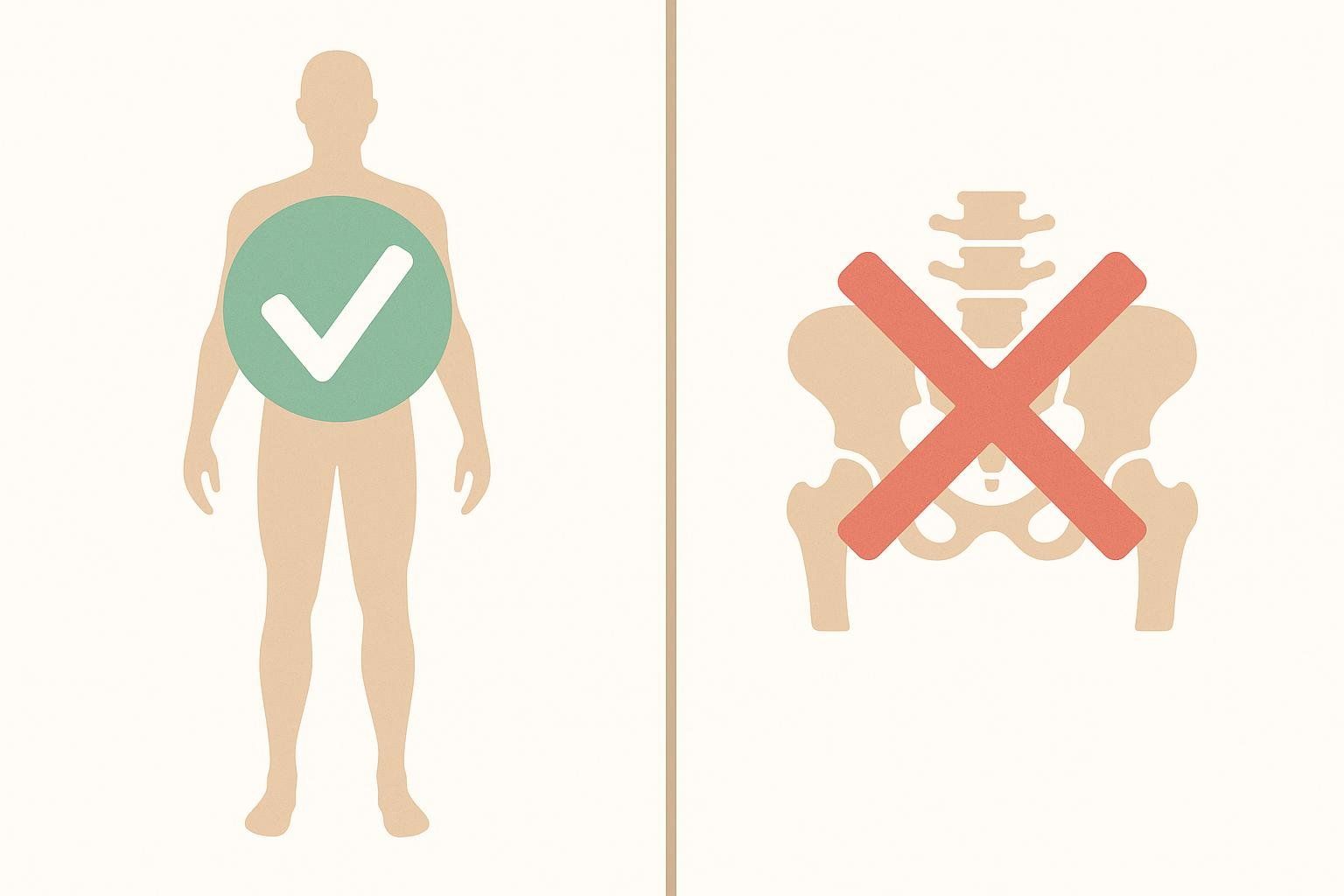
- ✅ BodySpec does: full‑body DEXA body‑composition scans (fat, lean, bone metrics, and visceral fat estimates) for tracking change over time.
- ❌ BodySpec does not: perform diagnostic hip/spine bone‑density studies used to diagnose osteoporosis.
If you’re exploring diagnostic bone‑density testing, this primer can help you plan with your clinician: When should women get a bone density test?. If you’re new to DEXA, our guide to Interpreting your DEXA results shows how to turn your numbers into actionable insights.
How often can you safely get scanned?
From a dose perspective, recurring body‑composition scans are very low. For example, 12 whole‑body scans at ~ 4 µSv each ≈ ** ~ 48 µSv/year** —about 5–6 days of natural background radiation (2020 scientific review of DXA body composition; U.S. Nuclear Regulatory Commission).
For meaningful body‑composition tracking, we recommend a scan every 8–12 weeks. This cadence allows you to see significant changes beyond daily biological fluctuations.

For diagnostic hip/spine BMD (again, not a BodySpec service), the IAEA notes there’s no fixed upper limit on number of DXA exams—each scan should simply be medically justified, and short‑interval repeats often don’t change care (IAEA patient guidance on DXA).
Special situations: pregnancy, pediatrics, breastfeeding, and shielding
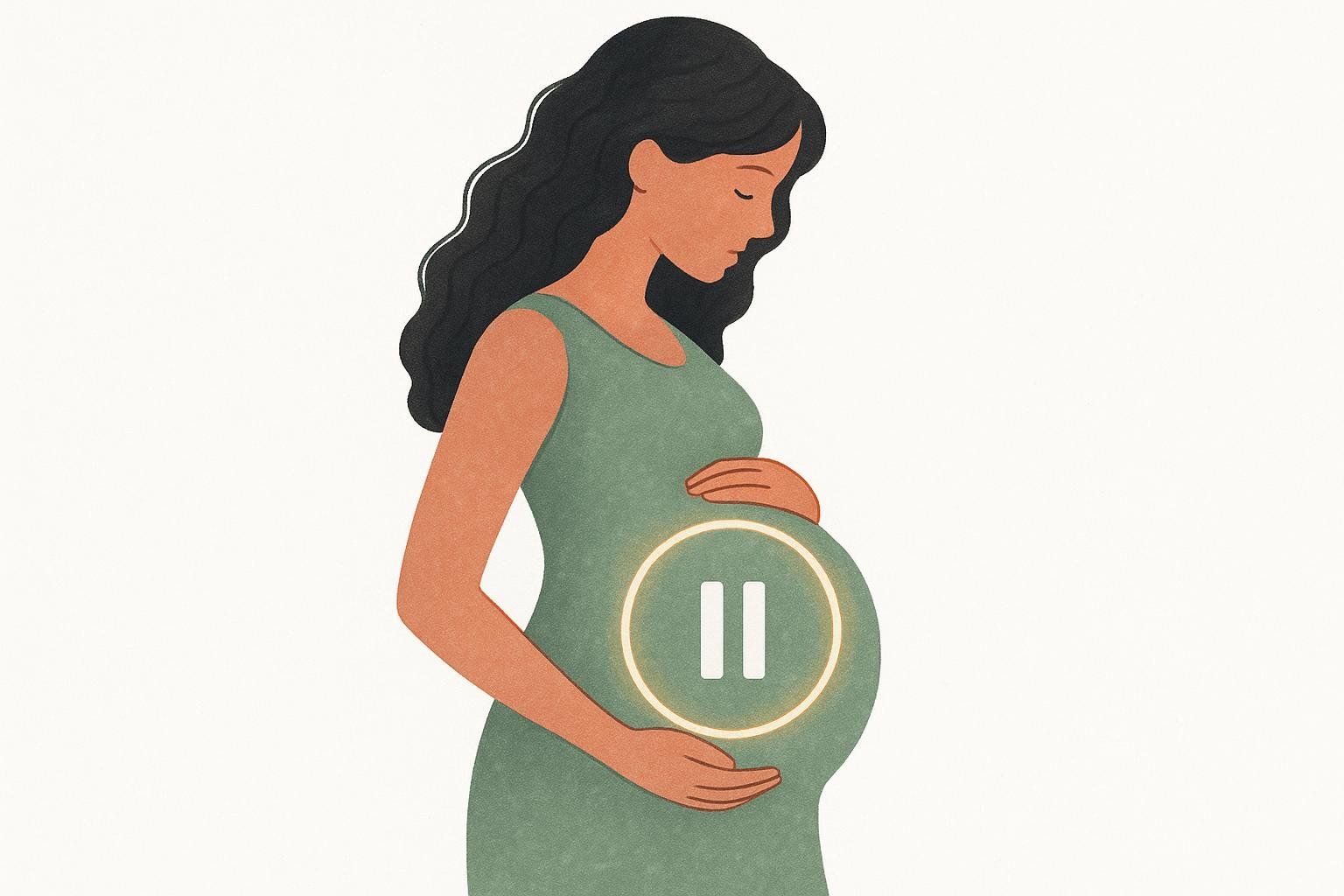
- Pregnancy: Because DXA uses ionizing radiation, elective scans are generally deferred during pregnancy. If you could be pregnant, tell your technologist and clinician.
- Pediatrics: When a child’s care requires it, DXA doses are low and modeled lifetime risk is minimal. Many experts space pediatric scans 6–12 months apart when feasible (2017 pediatric DXA study; 2020 NIH review).
- Breastfeeding: Safe to breastfeed normally after a DXA scan (IAEA patient guidance on DXA).
- Lead aprons/shields: Not recommended for DXA; they don’t meaningfully reduce the tiny out‑of‑field internal scatter and can degrade image quality (IAEA patient guidance on DXA).

DEXA radiation compared to everyday exposures
A quick mental model:
- A typical BodySpec whole‑body scan (~4–5 µSv) ≈ about half a day of natural background radiation.
- A combined diagnostic hip/spine DXA (up to ~15 µSv) ≈ ~1–2 days of background exposure.
- A cross‑country flight (~35 µSv) ≈ several days of background exposure (CDC dose context; U.S. Nuclear Regulatory Commission).
Compliance and safety at BodySpec
- State compliance: BodySpec follows state radiation safety regulations and maintains dosimetry records as required by each state.
- ALARA: We operate under the ALARA principle—As Low As Reasonably Achievable—while preserving image quality.
- Standardized prep: We coach you on simple prep (clothing, timing, hydration) to keep measurements consistent scan to scan. Start here: Prepare for your BodySpec scan
FAQs
Do DEXA scans have radiation?
Yes—but very little. Whole‑body body‑composition scans are typically ~4–5 µSv, and diagnostic hip/spine exams are often <1–15 µSv depending on equipment and settings (2020 scientific review of DXA body composition; IAEA patient guidance on DXA).
Is it safe to repeat DEXA scans?
From a dose perspective, yes. Even monthly body‑composition scans would total a small fraction of annual background exposure. For meaningful tracking, we suggest every 8–12 weeks.
How does DXA compare to CT/QCT?
DXA doses are much lower—a few µSv for whole‑body DXA vs. ~50–100 µSv for typical QCT protocols (IAEA patient guidance on DXA).
What is the “banana” comparison?

Some physicists use an illustrative “banana equivalent dose” to explain that bananas contain natural potassium‑40, so eating one gives you a tiny internal dose—far smaller than your daily background exposure. It’s a helpful analogy (not a formal medical unit) for framing the concept of background dose, which is detailed by sources like the U.S. Nuclear Regulatory Commission.
Should I wear a lead apron?
Not for DXA. Shields don’t help with the small internal scatter outside the scan field and may degrade images—so they’re not recommended (IAEA patient guidance on DXA).
Is DEXA safe for kids?
When medically indicated, yes. Pediatric whole‑body DXA is typically ~8.5–17.7 µSv with very low modeled lifetime risk; many programs space studies 6–12 months apart when practical (2017 pediatric DXA study; 2020 NIH review).
